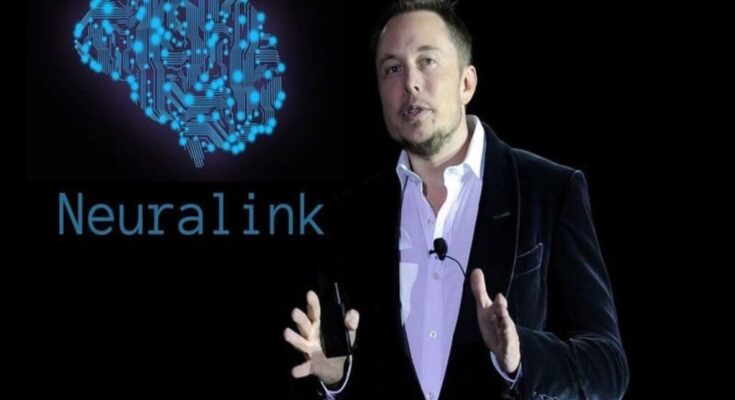
Elon Musk’s company, Neuralink, has reached a major milestone with its brain chip. The device, called “Blindsight,” is designed to help blind people regain their vision.
Neuralink announced that the U.S. Food and Drug Administration (FDA) has given the implant a special status known as “breakthrough device.” This status allows it to join a program that supports fast-tracking of new medical technologies.
So far this year, 58 devices have received the same designation from the FDA. This approval allows the implant to move forward in testing.
Musk, known for his ambitious goals, celebrated this news by posting a photo of actor LeVar Burton. In the TV show Star Trek: The Next Generation, Burton’s character, Geordi La Forge, used a futuristic device to help him see.
The Blindsight device from Neuralink will enable even those who have lost both eyes and their optic nerve to see.
Provided the visual cortex is intact, it will even enable those who have been blind from birth to see for the first time.
To set expectations correctly, the vision… pic.twitter.com/RAenDpd3fx
— Elon Musk (@elonmusk) September 17, 2024
Elon Musk shared on Tuesday that Neuralink’s “Blindsight” device could allow people who have lost both eyes and their optic nerve to see again. He added that as long as the visual cortex of the brain is healthy, even individuals who have been blind since birth could experience vision for the first time. Musk made this announcement on the platform X.
Vision will initially be low-quality
The “breakthrough device” program, according to the FDA’s website, is designed to speed up the process of developing, evaluating, and approving medical devices that treat serious or permanent conditions. These devices must still meet safety requirements.
Musk explained that the vision provided by the “Blindsight” device will initially be low quality, comparing it to early video game graphics like Atari.
However, he added that, over time, it could improve beyond natural vision, potentially allowing users to see in infrared, ultraviolet, or even radar wavelengths, similar to the character Geordi La Forge from Star Trek: The Next Generation.
An FDA spokesperson clarified that the “breakthrough device” designation does not guarantee that the device is considered safe or effective, nor does it allow it to be marketed for medical use yet.
The spokesperson explained that the FDA evaluates whether the device shows potential to offer better treatment or diagnosis compared to current U.S. standards, particularly for life-threatening or severely disabling conditions.
The agency also considers if the device introduces new technology and if no other approved alternatives are available.
Neuralink’s brain implant for paralyzed patients
Neuralink is also working on a separate implant designed to help paralyzed patients control digital devices using only their brains. In January, 30-year-old Noland Arbaugh from Arizona became the first person to receive this implant.
The first @neuralink patient Noland Arbaugh playing chess with his mind
— Tetiana
Claudius Nero's Legion
(@helloitstanya98) September 9, 2024
Arbaugh, paralyzed from the neck down after a diving accident, has since been able to play video games, browse the internet, post on social media, and control a laptop cursor using just his mind.





